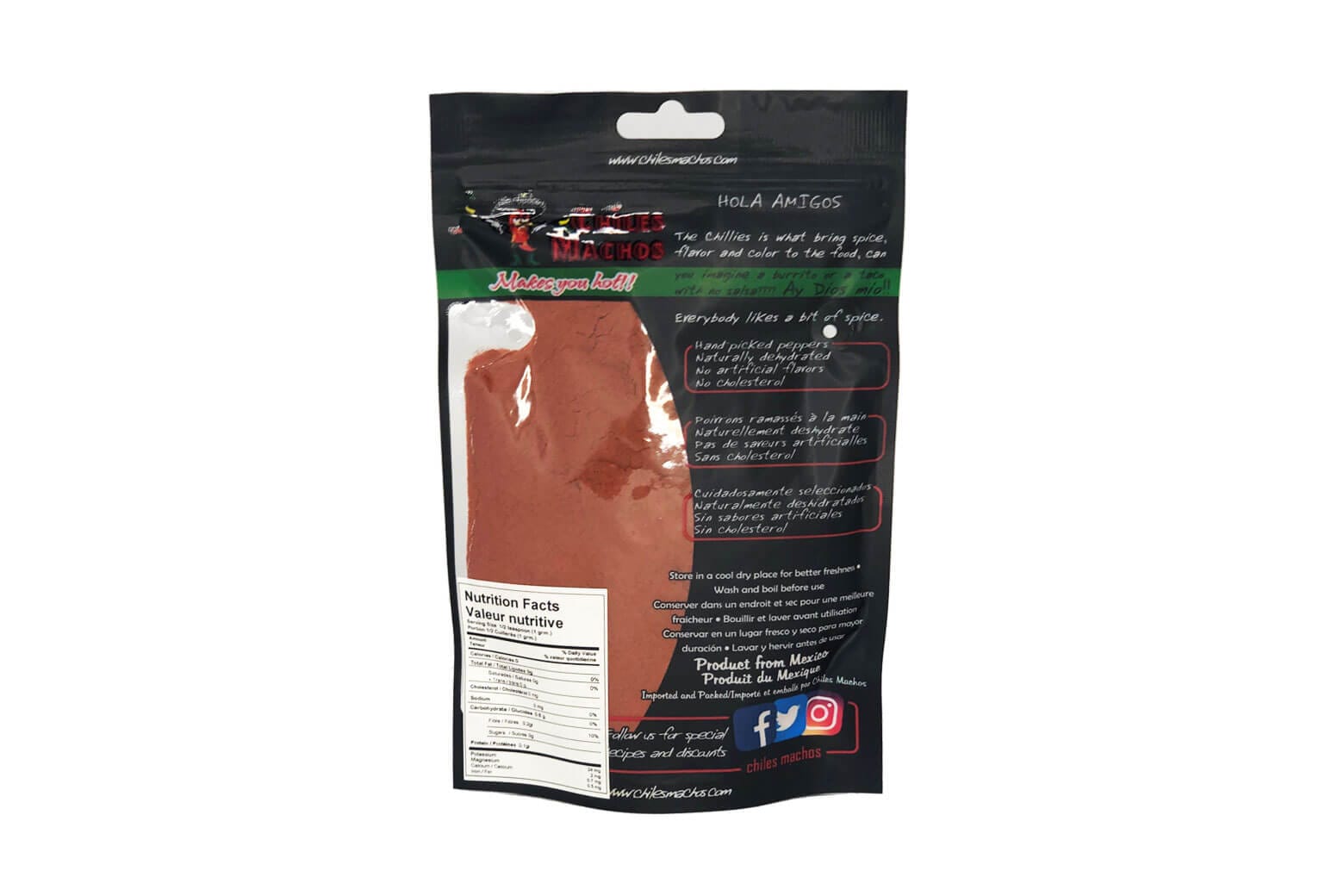Ground achiote: the vibrant, earthy spice that elevates dishes with rich color and subtle smokiness. From ancient Mayan traditions to modern kitchens, it remains a culinary treasure. This comprehensive guide explores its origins, culinary uses, potential health benefits, and cultural significance. Unlock the secret to authentic Latin American cuisine with the versatile power of ground achiote—more than just a colorant, it offers potential health benefits alongside its culinary magic. Find out more by clicking on the kool cigarette coupons for your favorite packets.
What is Ground Achiote?
Ground achiote, derived from the seeds of the Bixa orellana shrub (also known as the annatto tree), hails from the tropical regions of the Americas. While the fruit’s pulp has historically been utilized for dyes, the seeds themselves hold the key to this unique spice. Once dried and ground, these seeds transform into the reddish-brown powder known as ground achiote, a staple in many global cuisines. It imparts a subtle, earthy flavor with hints of pepper, and, when used in larger quantities, a slight smokiness. In smaller amounts, its primary function is as a natural colorant, with the flavor becoming almost negligible. Or, if you are interested in the vision behind the kop-founding farmers, read more on our blog.
Ground achiote boasts a rich history, woven into the cultural fabric of numerous traditions. Long before its culinary prominence, it served as a natural dye for fabrics and body paint in rituals and ceremonies, adding vibrant hues to celebrations. This historical context adds another layer of depth to the understanding and appreciation of this versatile spice.
Culinary Applications of Ground Achiote
Ground achiote’s culinary versatility shines through its various applications. It serves not only as a vibrant colorant but also as a nuanced flavor enhancer. Its reddish-orange hue transforms dishes like rice, stews, and sauces into visual feasts. As a flavor enhancer, it lends depth and complexity to marinades for meats, fish, and poultry, creating a foundation for rich, savory experiences.
Achiote plays an essential role in Latin American and Caribbean cuisine. It’s a cornerstone of iconic dishes like cochinita pibil (Mexican slow-roasted pork), achiote oil, and pollo a la brasa (Peruvian roasted chicken). Its presence is also prominent in arroz con gandules (Puerto Rican rice and pigeon peas) and various sofrito recipes, highlighting its widespread use and culinary significance. Commercially, it’s a key ingredient in Sazón seasoning packets, adding its signature touch to countless meals.
When cooking with ground achiote, it’s important to remember that a little goes a long way. For a subtle color enhancement, a pinch may suffice. To achieve a more pronounced flavor, increase the quantity gradually, adjusting to your preference. Blooming the spice in oil or fat unlocks its full flavor and color potential, intensifying its impact on the dish. Ground achiote seamlessly integrates into marinades, rubs, sauces, and rice dishes, adding its distinct touch to a wide range of culinary creations.
Achiote vs. Paprika: Distinguishing Between Similar Spices
While both achiote and paprika contribute vibrant color to dishes, they possess distinct characteristics that set them apart. Although visually similar, their origins and flavor profiles differ significantly. Achiote, derived from the annatto tree’s seeds, boasts an earthy, slightly peppery, and subtly smoky flavor. Paprika, on the other hand, comes from dried and ground peppers, resulting in a flavor profile ranging from mild and sweet to hot and smoky depending on the pepper variety used.
Their culinary applications also diverge. Achiote is a staple in Latin American cuisine, while paprika finds its place in various global cuisines, including Hungarian and Spanish dishes. Achiote is typically available as ground powder, paste, or oil, each form having its own unique properties. Paprika can be found in powder, flake, or paste form, offering varying textures and intensities. While smoked paprika might provide a closer color match to achiote in a pinch, the flavor substitution is imperfect. Substituting paprika for achiote, however, is generally inadvisable due to the distinct flavor profiles. The choice between these spices ultimately depends on the desired culinary outcome.
Exploring the Flavor Profile of Ground Achiote
The flavor of ground achiote is a complex interplay of earthy notes, subtle nuttiness, a whisper of pepper, and a hint of smokiness. Some even detect a touch of sweetness. Its unique, almost musky quality sets it apart from similar spices like paprika or turmeric. While some perceive a mild peppery note, it’s a gentle warmth rather than a fiery heat.
The intensity of the flavor can vary based on the form used (ground, paste, or oil) and the quantity added. A pinch may impart a subtle warmth, while a tablespoon delivers a bold, earthy punch. Ongoing research continues to explore the specific flavor compounds in achiote, promising a deeper understanding of its nuanced taste profile. As with many spices, taste perception is subjective, adding to the intrigue and exploration of this versatile ingredient.
Potential Health Benefits of Ground Achiote
Beyond its culinary contributions, ground achiote shows promise in the realm of health benefits, although further research is needed to confirm these potential advantages. Studies suggest antioxidant properties attributed to compounds like bixin and norbixin, which may contribute to cellular health. Some research also points to potential anti-inflammatory effects, although more investigation is required. It’s important to consult with a healthcare professional before incorporating achiote into your diet for specific health reasons.
Sourcing and Sustainability
As consumer awareness regarding ethical sourcing and sustainability grows, exploring the impact of achiote production on local communities becomes increasingly relevant. Seeking ethically sourced ground achiote aligns with environmentally conscious practices, supporting responsible production and fair trade principles. This focus on sustainability not only benefits the environment but also empowers local communities involved in achiote cultivation.
Conclusion
Ground achiote, with its rich history, vibrant color, unique flavor profile, and potential health benefits, stands as a testament to the power of nature’s pantry. This comprehensive guide provides a deeper understanding of its origins, culinary uses, and cultural significance. As research continues to unfold, we may uncover even more about the fascinating properties of this versatile spice. Whether used as a vibrant colorant or a nuanced flavor enhancer, ground achiote invites culinary exploration and promises to elevate dishes with its distinct touch.
- Unlocking 2-Letter Words with U: The Definitive Guide - April 4, 2025
- Unlock Words with the Letters THREE: Top Unscramble Tools 2025 - April 4, 2025
- Master Scrabble: X & Z Words for High Scores - April 4, 2025
















